
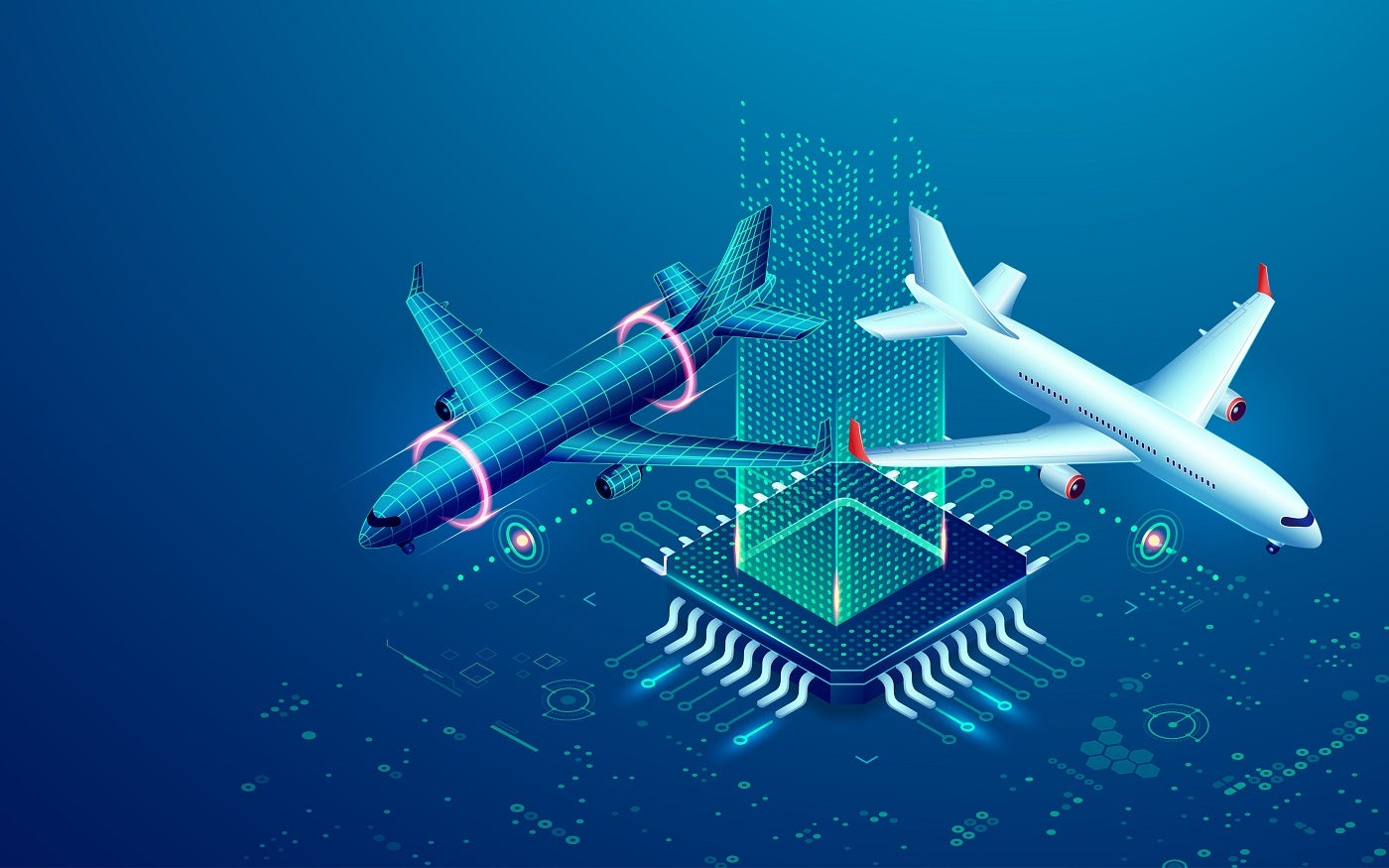
Digital twins are a simple enough concept: They are the digital representation of any real product, system or process, and they’re used for simulation, monitoring and integration.
While the concept is simple, the value of the technology in application is significant. Digital twins have a role to play in almost everything, from smart cities to manufacturing, from healthcare to financial services. As data scientists master the models that are required to produce digital twins, the global digital twin market is due to explode from US $10.1 billion in 2023 to US $110.1 billion by 2028, at a CAGR of 61.3%.
SEE: Digital twins rank as the most important tech of 2024 next to AI and cloud computing.
Australia, particularly at the state government level, is enthusiastically making investments in digital twins. Unfortunately, getting the approach right is enormously challenging, and Australia is starting to look like it will fall behind in developing this capability.
The use cases and value of digital twins can be difficult to understand from the literal definition, and part of the problem is its breadth. However, digital twins allow for true next-generation innovation and transformation in an Industry 4.0 world.
Digital twins can be used to support supply chains, test innovations for commercial readiness, improve product development, generate key information to improve the running of businesses or cities, or simply entertain (Figure A). This is why there’s going to be such an explosion in demand for those that can create effective digital twins across industry.
Some examples of how they are being used around the world include:
In more simple examples, ChatGPT and other generative AI models have the capability to function as digital twins for linguistic and artistic processes, and augmented and virtual reality technology create digital twins in physical spaces for users to interact with.
Given the ability for digital twins to unlock innovation and bring improvements to every sector, there is a major commercial imperative for Australia to get this right. As a report published by Standards Australia in late 2023 noted:
“We are in the early stages of a major market transformation enabled in part by significant digital innovation. Digital twin capability across the country is growing and is likely to have a profound impact on how we work, live and play. Innovations driven by digital technologies, including machine learning, artificial intelligence, could add up to $315 billion to our economy by 2028. Through state-based digital twin programs in Western Australia, New South Wales, Queensland and Victoria underway, Australia is well placed to seize these opportunities.”
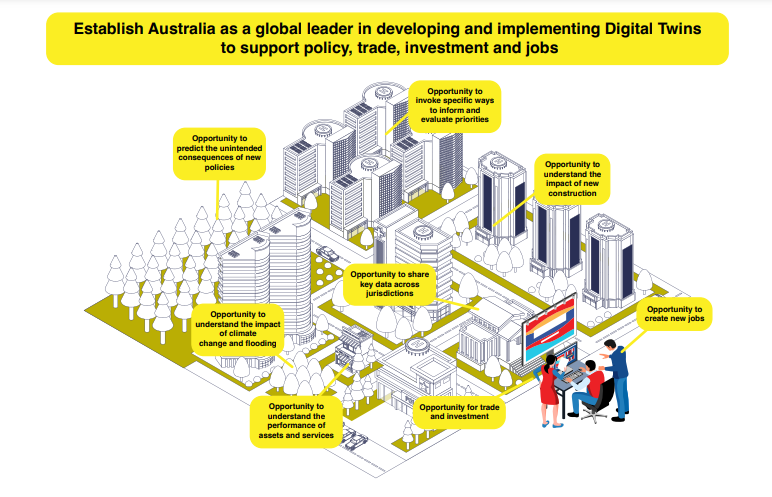
The investments the report points to include a $40 million investment by NSW, a $37.4 million investment by Victoria and a $140 million investment by WA.
“The Spatial WA program will not only enhance decision making processes, but it will also streamline planning, accelerate access to land and provide investment confidence – continuing our efforts to diversify the WA economy,” Western Australian Lands Minister John Carey said of the project.
Beyond the government, there are also now 25 startup companies across Australia and New Zealand that are focused on digital twin technology, highlighting the growing enthusiasm that Australia has for this burgeoning technology.
The challenge is that, across business, government and researchers, Australian organisations are often simply not in a place where they can drive success in digital twin projects.
Australia is also lacking in preparedness for digital twins in other ways. For example, a recent University of Melbourne report claimed that there were technology infrastructure barriers that Australia was slow to overcome.
“Urban Digital Twins (UDT) lead the way in tackling technological, ethical, and socio-technical issues,” a University of Melbourne report noted, highlighting some of the work that the university is doing with this technology. “Despite this there are barriers to its application. The success of UDT technology depends on timely and two-way communication between the physical and digital environments, without any compromises.”
The challenge, the University went on to claim, starts with a lack of digital literacy among many decision-makers. With less appreciation for digital technologies, there was a lower appetite for investing in them.
Beyond that, digital twins have extreme data requirements, both in terms of quantity and quality, and many organisations continue to struggle with a siloed approach to data, which undermines their ability to execute on digital twins.
In fact, in many ways, the journey of the digital twin seems to be parallel to the story of both digital transformation and AI before it — a lack of understanding of what digital twins are leads to excitement and investment, but without the right understanding, the risk of failure is higher.
Gavin Cotterill, founder and managing director of Australian digital twin consultancy GC3 Digital, said in an interview with IoT Hub: “A lot of people think digital twin is just focused on a flashy 3D model, but effectively it is a master data management strategy.”
“You need good quality data to support that decision making and the quality of our data, generally, is pretty poor. We have a lot of data, but we don’t know what to do with it,” Cotterill said. “Data governance, data strategy is the unsexy part of digital twin — it’s the engine room, it’s the fuel.”
SEE: Australian organisations will have a renewed focus on data governance in 2024.
This means IT leaders face competing challenges with regard to digital twins. On the one hand, the appetite is there, particularly among those executives and boards to be aware of the bleeding edge of technology. On the other hand, Australian organisations, as a whole, are not ready to tackle the digital twin opportunity.
As we saw with digital transformation previously, and are seeing with AI now, enthusiasm without the groundwork being there is a recipe for investments to underperform. Digital twins seem to be heading in the same direction.
Developing and successfully executing a digital twin strategy requires an incredibly high level of skill and competency in digital technologies. This applies right across the gamut. Digital twins will engage data analytics, artificial intelligence, as well as a deep and strategic understanding of the field that the digital twin is being made in. In terms of project management, they require the ability to bring together a wide range of specialists in a collaborative environment.
This is going to be a real challenge for many Australian organisations and IT teams. However, the opportunity on the table has the potential to be as transformative to how business is done as digital transformation did itself a decade ago.
24World Media does not take any responsibility of the information you see on this page. The content this page contains is from independent third-party content provider. If you have any concerns regarding the content, please free to write us here: contact@24worldmedia.com
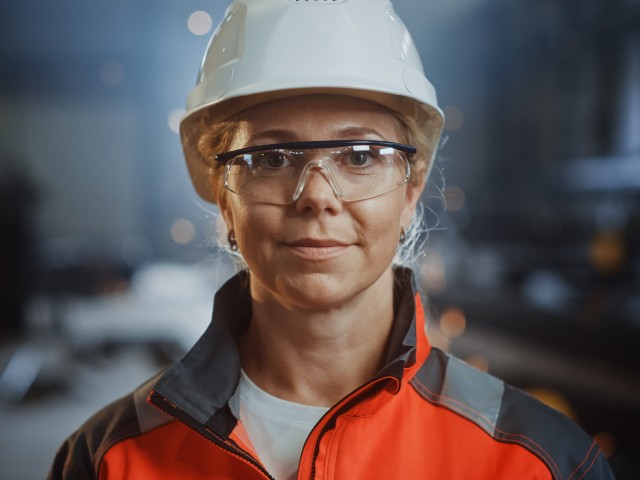
5 Business Sectors Where Safety Glasses Are Essential

Annoying Things You Can Keep Out of Your Home

Easy Ways You Can Improve Your Pasture’s Quality

Mistakes You Must Avoid on Your Next Construction Project

Tips for Keeping Your Business’s Equipment Around for Longer

The Biggest Car Owner Mistakes You Must Avoid
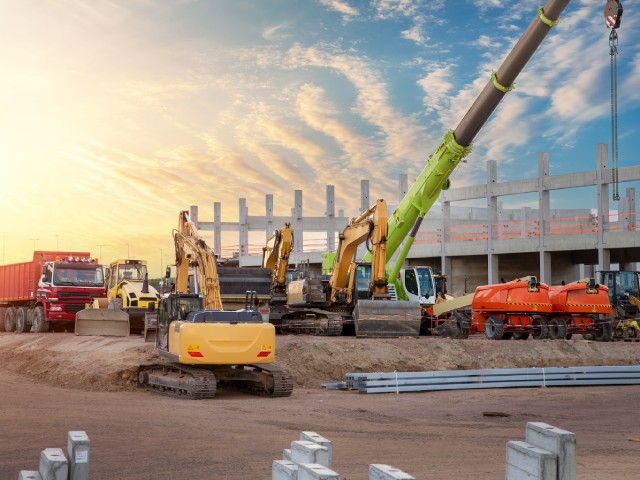
Why Renting Construction Equipment Is Best
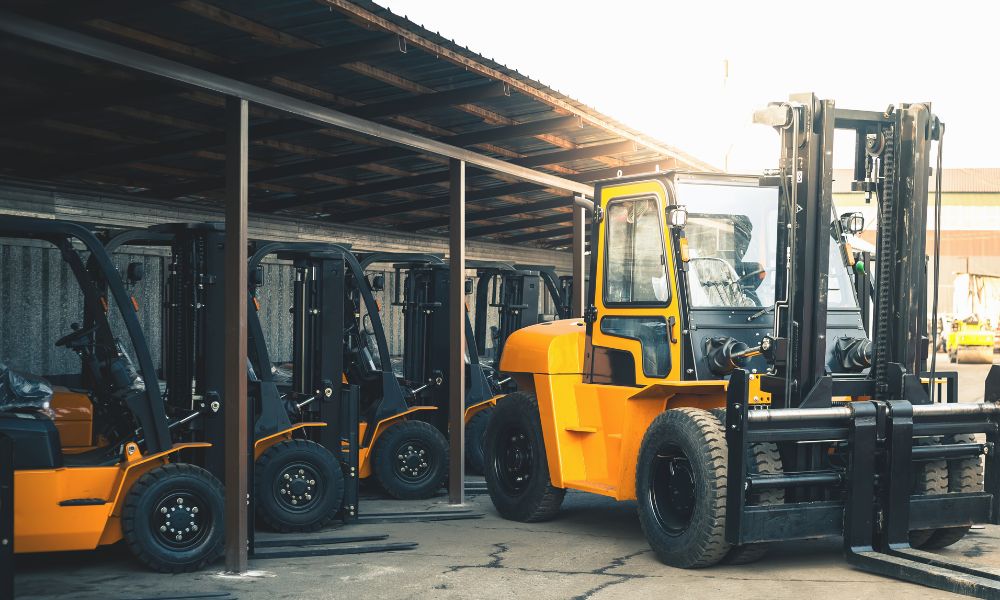
Beat the Heat: Summer Maintenance Tips for Forklifts

Monday’s stocks to buy include Apple, Nvidia, Tesla, Shopify and more

How to Tell If Your VPN Is Working Properly